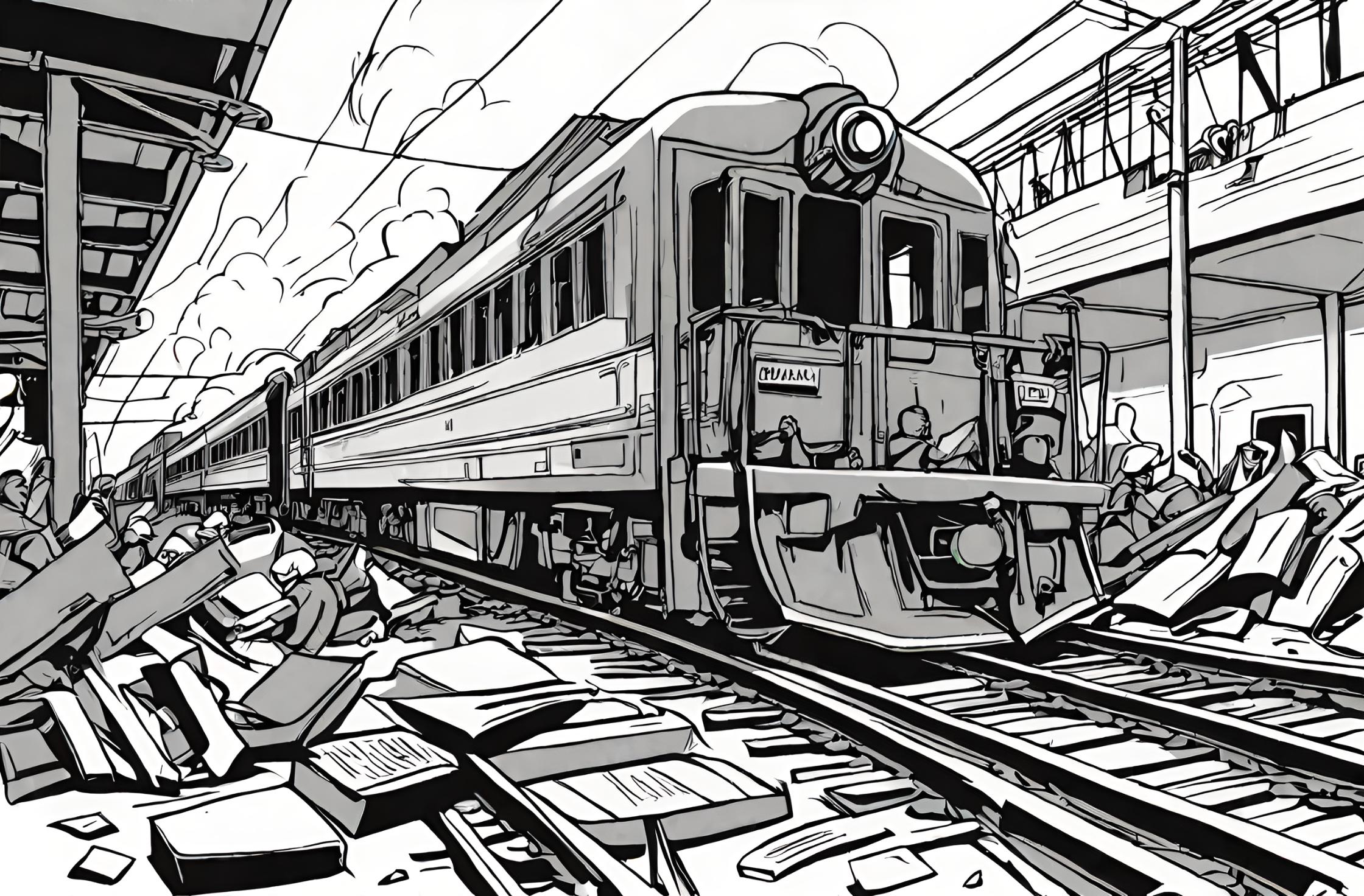Flashback to October 13
World History

2010
In Petarukan in Central Java, Indonesia, a train crashes into another parked at a railway station, killing at least 36 people
Read moreOn October 2nd, 2010, a devastating train accident occurred in Petarukan in Central Java, Indonesia, marking a fatal and unfortunate day for the Indonesian railway system. Resulting in the loss of at least 36 lives and leaving dozens injured, the collision involved a moving train crashing into another one parked at a railway station. The calamity shook the region and left an indelible scar on the history of train accidents in Indonesia.
Train accidents can be fairly common, but this one in Petarukan, Central Java, took an extreme turn due to the high death toll and significant damage caused. The grim statistics of fatalities and injuries send a clear message about the seriousness of the accident. It is estimated that at least 36 people were killed and dozens more injured, numbers that reflect the catastrophe of that fateful day.
The safety of railway transportation in Indonesia has always been a prime subject of scrutiny and, unfortunately, this accident in Petarukan highlighted the concerns about passenger safety in no uncertain terms. This incident sparked widespread discussions about the standard and maintenance of railway infrastructure in Indonesia, bringing the issue into the spotlight. Experts argue that ensuring the safety of passengers should be the topmost priority for the Indonesian government and railway authorities, and events like the Petarukan train crash are stark reminders of the gravity of this responsibility.
In the aftermath of the Petarukan train crash, many questions were raised about the cause of the accident. Initial reports suggested that overspeeding might have been a significant contributing factor, with the moving train reportedly traveling at an excessive speed as it approached the parked train at the station. In the realm of train accidents, speed is often a critical element, and the role it potentially played in this incident underlines the importance of stringent speed regulations and their enforcement.
Following the accident, emergency services rushed to the scene to rescue survivors, and many local hospitals and medical centers were put on high alert to deal with the influx of injured passengers. The scene was a blend of chaos and desperation as rescue workers worked relentlessly, illustrating the magnitude of the plight faced by the local community in Petarukan, Central Java.
The Petarukan train crash has put the spotlight on safety standards in Indonesia’s railway sector. It has catalyzed discussions on the necessity of having advanced safety measures in place, including proper signaling systems, regular maintenance checks of tracks and trains, and adherence to speed limits by train operators. As one of the biggest train accidents in Indonesia’s history, it reinforces the ultimate need for safety in public transportation.
While the palpable grief and loss of the Petarukan train crash are deeply engraved in the pages of history, it should also be remembered as a turning point that emphasizes the importance of rail transportation safety. The tragic accident serves as a reminder to strive for a safer and better future for Indonesia’s rail travel, highlighting the country’s necessity for efficient safety protocols and regulations.
Remembering the victims of the Petarukan train crash, it’s crucial to see this not as an isolated incident but as an eye-opener for all stakeholders involved in the railway transportation industry. It is a clear indication of the need to focus on rail safety, the importance of embracing technological advancements, and the urgency of implementing effective risk management strategies to prevent any such incidents from happening in the future.
The events of October 2, 2010, at Petarukan, Central Java, Indonesia, were devastating. With a death toll of 36 and dozens injured, this tragic train crash underlines the importance of railway safety, timely inspections, and stringent regulations in the public transportation system. It’s a stark reminder that traveling safe is as important as traveling fast, casting a spotlight on the dynamics of rail transportation safety in Indonesia.
We strive for accuracy. If you see something that doesn't look right, click here to contact us!
Sponsored Content

Uruguay to Chile plane…
On October 13, 1972,…

Palestinian terrorists hijack the…
"In a harrowing 1977…

Syrian military forces invade…
On October 13, 1990,…

Mehmed Talat Pasha and…
On October 13, 1918,…

A Bolivian Boeing 707…
On October 13, 1976…

In Tajik SSR, a…
Experiencing a fatal earthquake…

